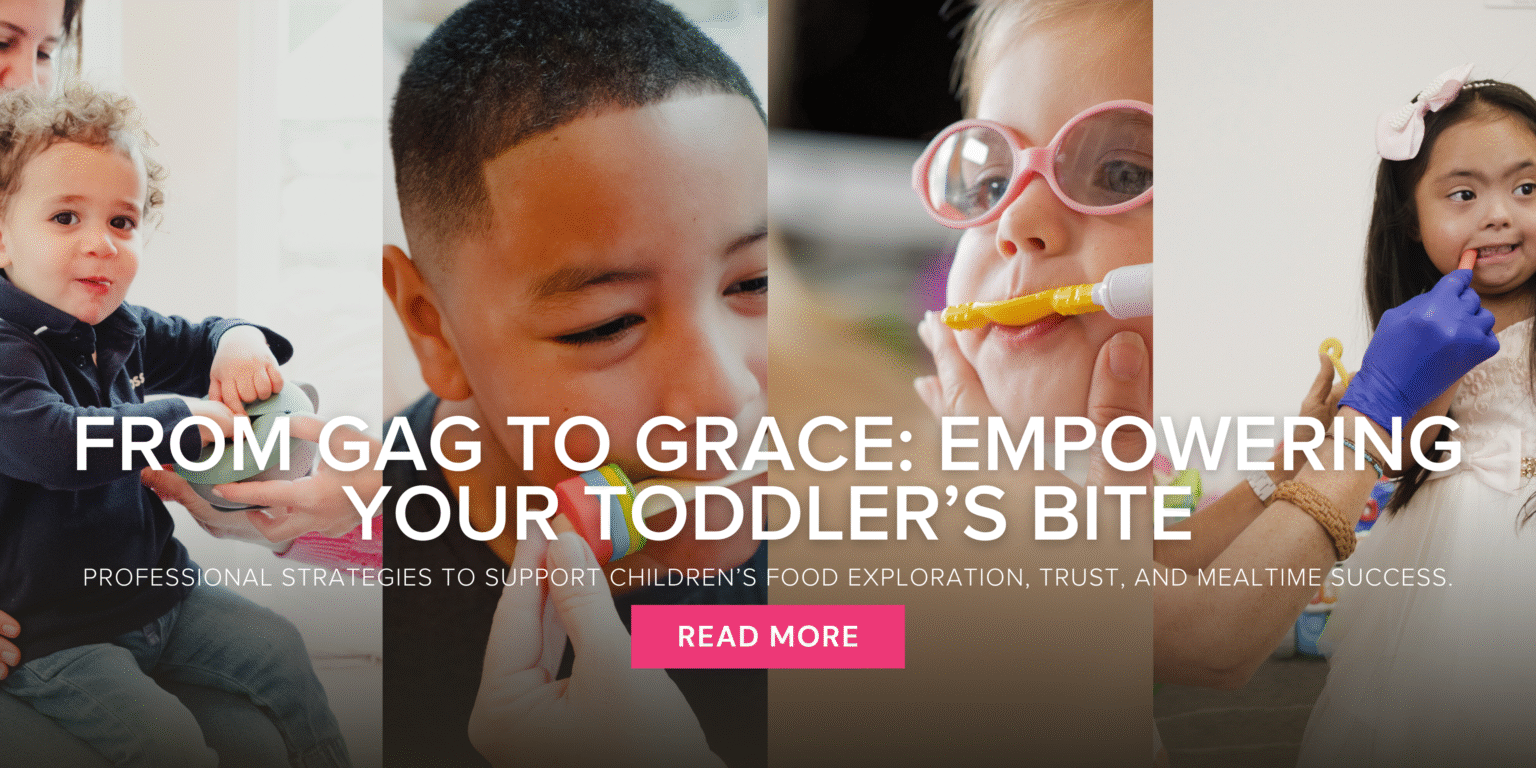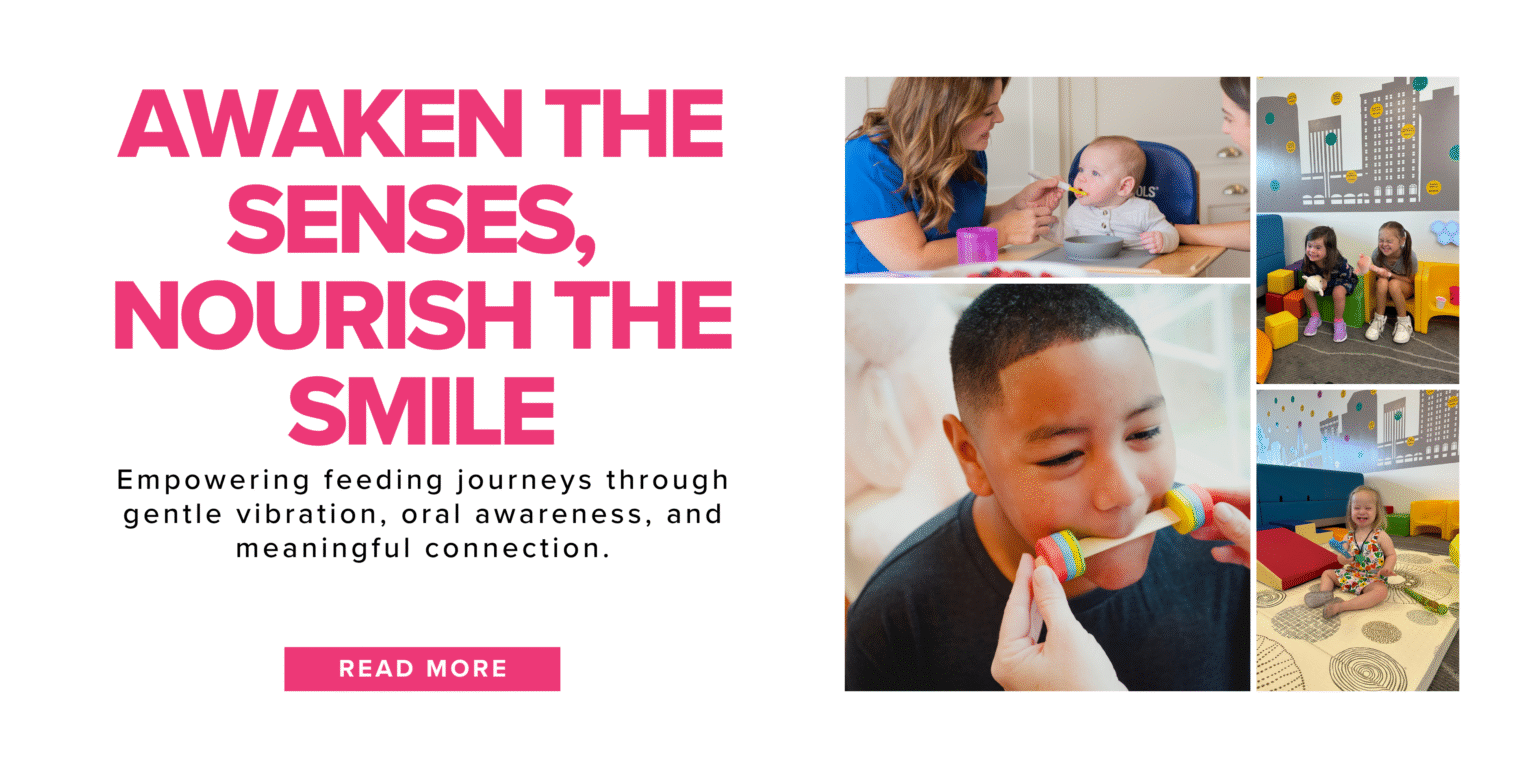Horn Kit
Horn Kit (TalkTools® Horn Kit) is an Oral Placement Therapy (OPT) tool set that uses a graded horn hierarchy to teach controlled oral airflow. Clinicians shape abdominal grading, lip closure, and breath-to-sound coordination for clearer speech. It’s engaging, stepwise, and designed for consistent carryover in clinics and home programs.
What is the TalkTools® Horn Kit?
The TalkTools® Horn Kit is a clinician-designed program for building steady, elongated exhalation through a structured horn hierarchy. Each horn adds a small challenge so learners experience lots of early success and safe progression.
Within OPT, horn work pairs well with the Straw Kit and Bubble Kit to target airflow, lip closure, and readiness for speech sound shaping. Typical goals include abdominal grading, controlled oral airflow, lip closure, and preparation for oral–nasal contrast tasks.
What’s included
- One of each horn in the TalkTools Horn Hierarchy (#1 through #12; colors may vary)
- One replacement Horn #12
- TalkTools instruction booklet
How it works (in OPT)
Therapists introduce horns from easiest (#1) to most challenging (#12), training longer, steadier exhalation without “puffing.” The graded sequence improves abdominal grading and lip closure while building the control needed for speech clarity and later oral–nasal work.
Benefits & use cases
- Builds controlled oral airflow and abdominal grading to support speech clarity.
- Reinforces lip closure for bilabial sounds and stable breath streams.
- May be used in programs that address drooling and prepare for oral–nasal contrasts and velopharyngeal tasks within OPT plans.
- High motivation — horns make practice playful and easy to carry over.
Who it’s for
SLPs/SLTs, OTs, and trained caregivers supporting children (and other learners) who need better breath control, lip closure, or airflow consistency for speech. Use only under clinician guidance and choose tasks that fit developmental level and individual tolerance.
How to use (quick start)
- Review the instruction booklet and follow your clinician’s plan.
- Start with an easy horn (low number) to establish smooth, steady exhalation. Avoid hard bursts.
- Cue good posture, lips sealed on the mouthpiece, and a slow, continuous blow.
- Increase challenge gradually (next horn, longer exhale, farther distance) as control improves.
- Keep sessions short and positive; stop if fatigue or frustration appears.
- Adult supervision is required at all times.
Care & safety
Follow the TalkTools instructions and your setting’s infection-control policies for safe use and cleaning.
- Hand-wash; not dishwasher safe. Dry fully before storage.
- Inspect mouthpieces regularly and replace worn parts (a replacement #12 is included).
- Use only as directed, with adult supervision; store out of reach of young children. Not a toy.
Key takeaways
- A graded horn hierarchy for controlled oral airflow and breath support.
- Targets abdominal grading, lip closure, and speech clarity within OPT.
- Complete kit: horns #1–#12, extra #12, and instruction booklet.
- Works alongside the Straw Kit and Bubble Kit.
FAQs about Horn Kit
What is the Horn Hierarchy?
It’s a stepwise set of horns arranged from easiest (#1) to most challenging (#12). Each level slightly increases demand so learners can master steady, elongated airflow before progressing. This graded approach supports clearer, more controlled speech over time when used as part of an OPT treatment plan.
Why 12 horns — are they really different?
Yes. The horns vary in resistance and airflow demands. This lets clinicians fine-tune challenge and track progress with objective steps rather than big jumps. That structure supports consistency, makes it easier to document change, and helps keep learners motivated as they “level up” through the hierarchy.
How does horn work support speech?
By training abdominal grading and controlled oral airflow, learners can manage the breath needed for speech sounds and connected speech. The program also prepares for oral–nasal contrast tasks and velopharyngeal work within OPT treatment plans, under the guidance of a licensed clinician.
Do I need the Straw Kit or Bubble Kit too?
Many clinicians combine horns with the Straw Kit and Bubble Kit to generalize airflow skills and lip control. The three programs complement each other in OPT: horns for breath and lip seal, straws for tongue and lip work, and bubbles for controlled oral airflow with strong visual feedback.
Can I substitute party horns?
Household or party horns don’t match the graded demands of the TalkTools Horn Hierarchy and can make progression inconsistent. They may also break more easily or encourage hard, explosive blowing. Use the kit components and follow the program your clinician recommends for safer, predictable practice.
How often should we practice?
Short, frequent sessions (minutes, several times per week) often work well, but frequency and advancement should be set by your clinician. Many therapists end while motivation is still high and pause or adjust the plan if they see fatigue, dizziness, or frustration.
Is the Horn Kit part of a bundle?
Yes. It’s included in the OPT Starter Bundle along with other core OPT tools. That bundle gives clinics and families a quick way to stock foundational tools—like the Horn Kit, Straw Kit, Bubble Kit, and bite blocks—for consistent use across sessions and home programs.
Resources
- Course: Horns: Fun & Effective (Self-Study) — 1-hour training on the horn hierarchy and clinical applications.
- Product page: TalkTools® Horn Kit — contents, cautions, and usage notes.
- What is OPT? — overview of Oral Placement Therapy and how horn work fits.




